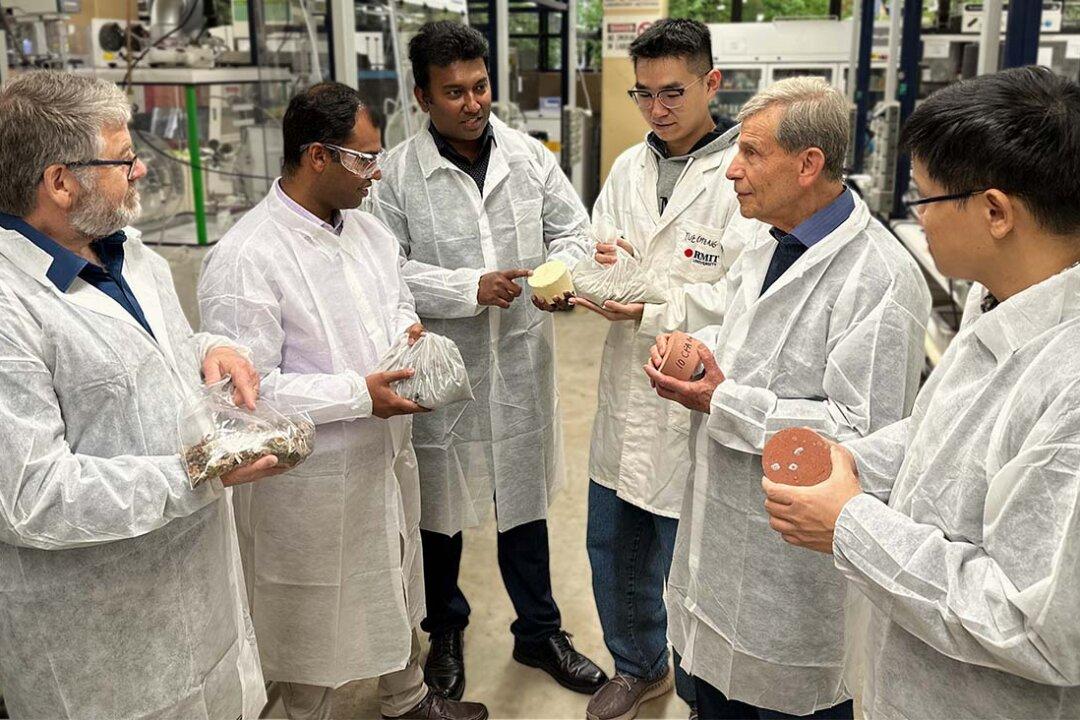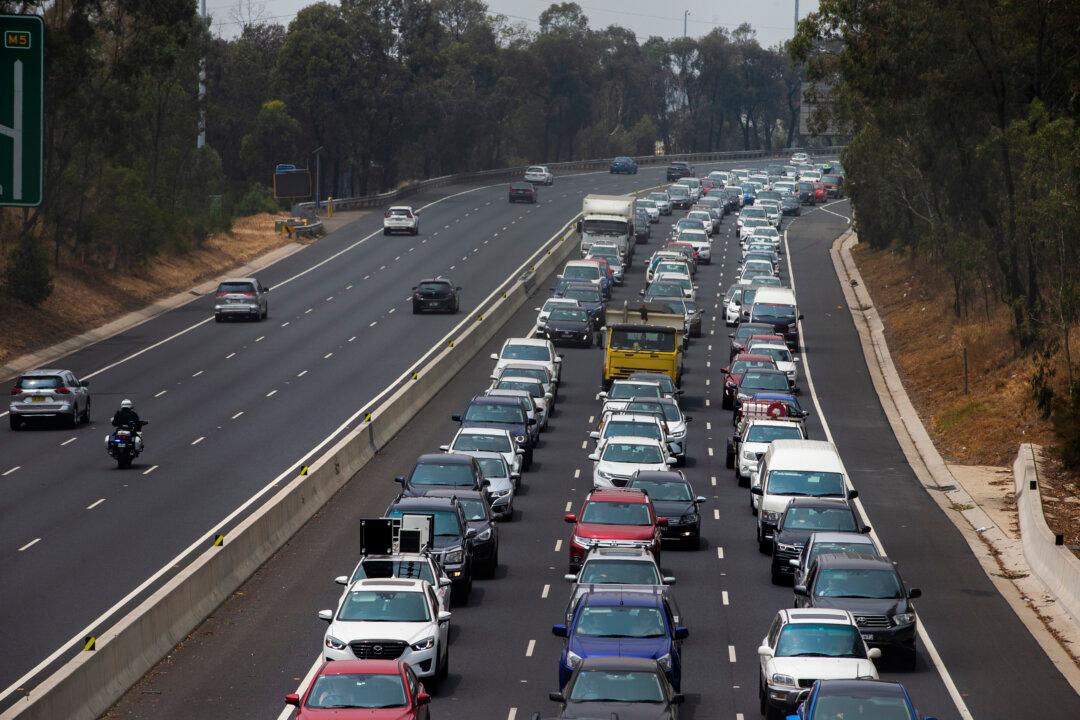A new type of brick made from glass and combusted solid waste that has insulation properties superior to conventional clay bricks has the potential to reduce manufacturing and household energy expenses and limit waste sent to landfills.
Engineers from RMIT University in collaboration with recycling company Visy have created the so-called “smart bricks” that have the potential to significantly improve the energy efficiency of buildings, contributing to a more sustainably built environment.





